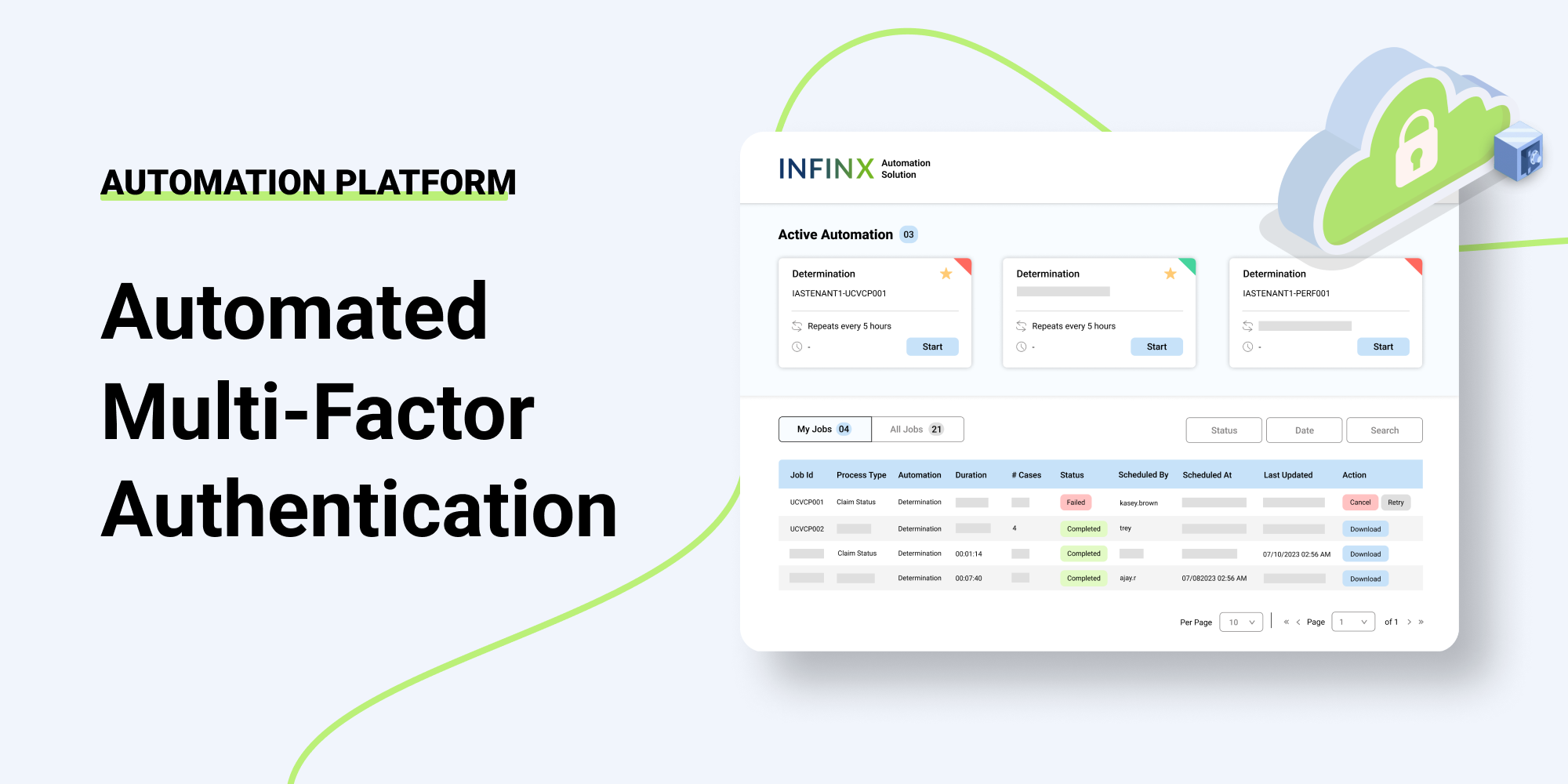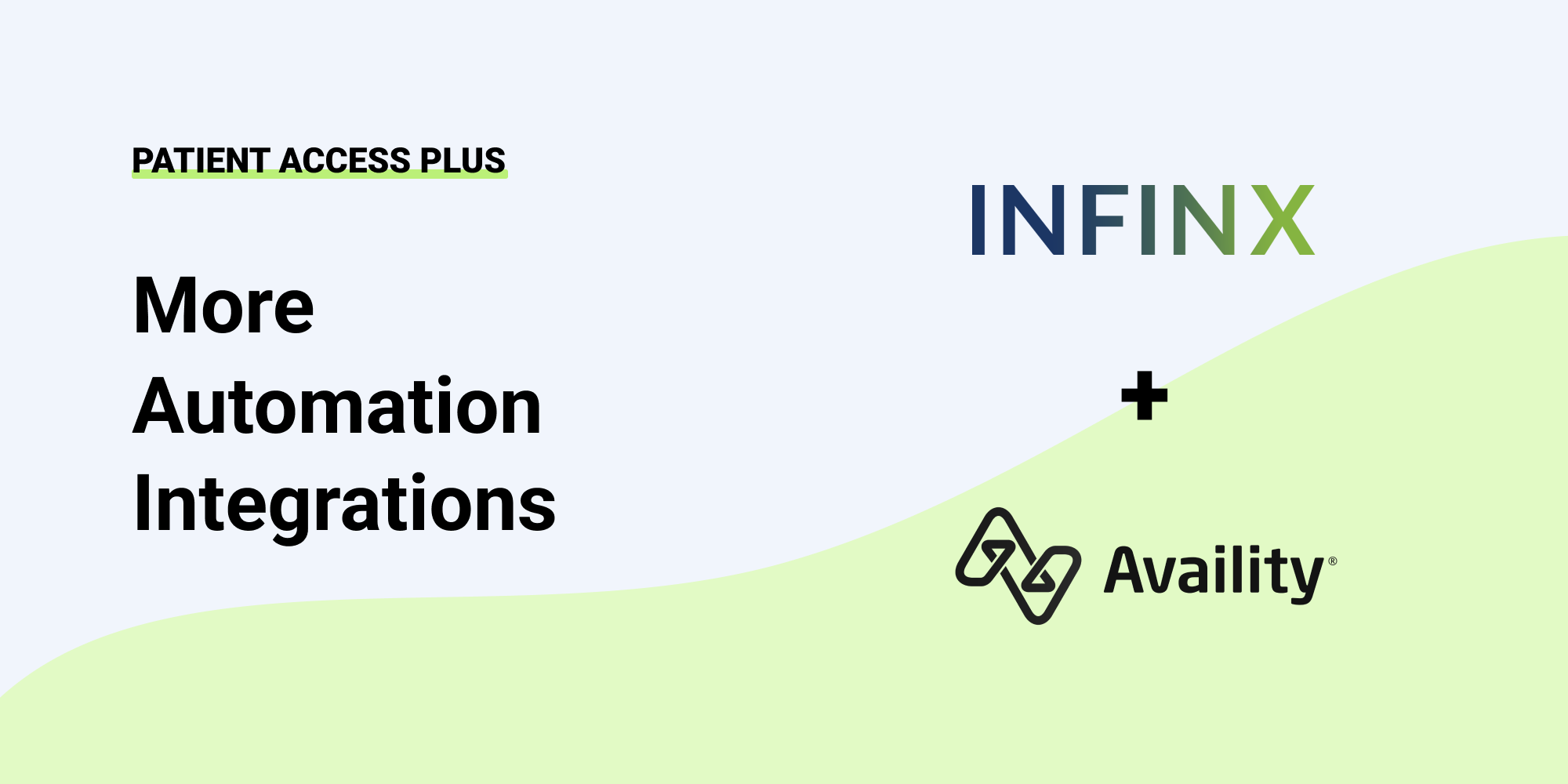Job satisfaction, clinical performance, and patient outcomes are being affected by a pervasive and undeniable reality. The ugly truth is we are facing a clinician satisfaction crisis in this country, with physicians reporting an alarming degree of stress and burnout. The impact is felt as doctors are retiring earlier, and medical school enrollment declines.
According to the American Medical Association (AMA), major causes leading to burnout include increasing administrative burden, rising regulatory pressures, and evolving care delivery models and fee structures. To be specific, the government and insurance industry participants will continue to minimize the problem created by decisions made in the name of efficiency and cost savings.
Undeniably, now is the time to implement solutions that focus on reducing these burdens by launching automation and artificial intelligence (AI) driven administrative upgrades.
Automating Business Functions that will Improve Clinician Satisfaction
Today, great numbers of practices and hospitals still define their business flow with either manual or hybrid manual-electronic systems that are inefficient and burdensome. Most significantly, the prior authorization component has an estimated 87% of clinicians using outmoded processes that take unnecessary time and effort from both providers and business office personnel.
Prior Authorization – Where Immediate Impact Can be Felt
In the 2018 AMA Prior Authorization (PA) Physician Survey, 91% of responding physicians reported PAs to cause significant delays to patient care, including for needed procedures and medications. But what if that stressor could be removed?
With an automated prior authorization process that blends AI-driven technology, machine learning, and analytics, continually-updating volumes of data provide real-time decisions on PA requirements, as well as the processing and submitting requests to the insurer and following up 24/7. With the routine nature of PAs, patient information that has already been absorbed can be coupled with diagnostic detail and submitted without, in most cases, any human cognition or intervention.
The reduction in required administrative time, as well as the savings, makes this not only a stress reducer but an increase to the bottom line.
Insurance Verification and Patient Pay Estimation to Ensure Front-End Collections
While many healthcare groups use some form of automated or semi-automated insurance verification and patient pay estimation tools, there is a significant opportunity for improvement. Equally important is stress-reduction, such as the estimation and collection of the patient’s portion due before each encounter, thereby reducing back-end collections and bad debt write-offs.
If Referring Medicare Patients for Advanced Imaging – CDSM
If a primary or specialty group orders or refers patients for advanced imaging, the new Clinical Decision Support Mechanism (CDSM) guidelines outline the use of Appropriate Use Criteria (AUC) in generating compliance certificates. These new guidelines have created friction by designating the referring provider as the responsible owner for certificate generation, while the performing provider will be the one financially penalized (beginning in 2021) for non-compliance.
Utilizing a fully-integrated and CMS-approved CDSM application that can respond either proactively or retroactively with AI-supported data mechanizes the process and reduces the clinician’s overall stress level while maintaining professional relations. Additionally, as intended, clinicians are supported by a rich library of AUCs sourced from Qualified Provider Lead Entities that are continually updated and current.
Healthcare’s greatest resource is the compassion, knowledge, and healing provided by our clinicians, and they deserve an environment that reduces stress and allows them to focus on providing care and support to their patients. One avenue to explore and expand upon is the advanced technologies available to streamline insurance/governmental requirements and allow providers to focus on creating a better patient experience.
Contact us to learn more about ways to improve physician satisfaction through streamlined business practices.


